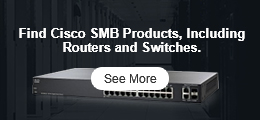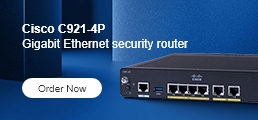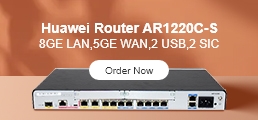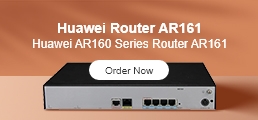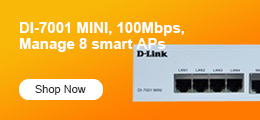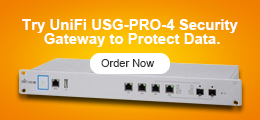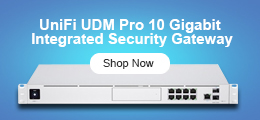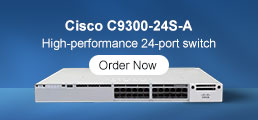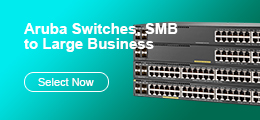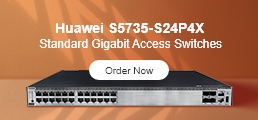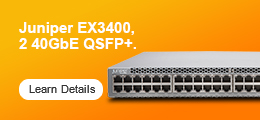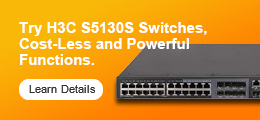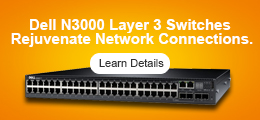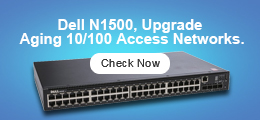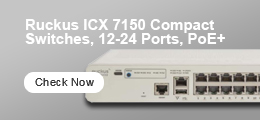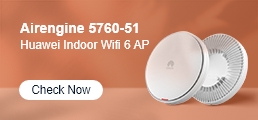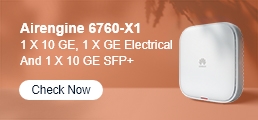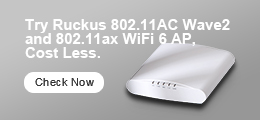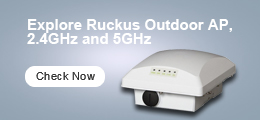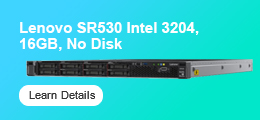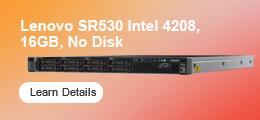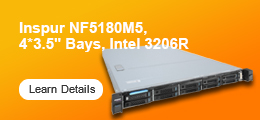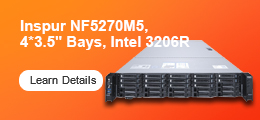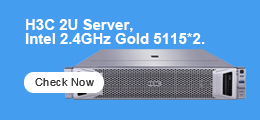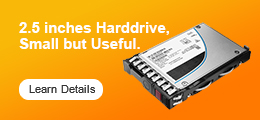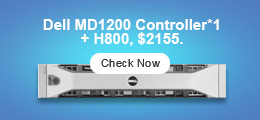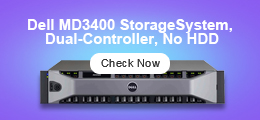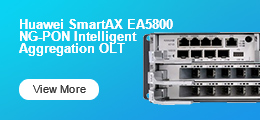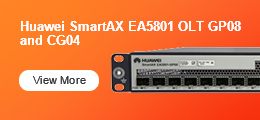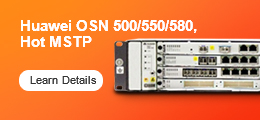Bullet security cameras are differentiated by their extended outside casing, which gives them a distinct and obvious presence. Bullet surveillance cameras can often accommodate a larger lens due to their shape nature, making them an excellent outdoor camera capable of displaying higher levels of information over long distances. Extended night vision for bigger outdoor areas such as parking lots and traffic junctions is also possible. Mini bullet cameras, in addition to the typical form factor, enable greater viewing angles for footage captured at a shorter distance.

Where do Bullet cameras usually use?
Bullet cameras are usually used in parking lots, airports, traffic intersections, hallways, schools, hotels, manufacturing sites, gas stations, hospitals, libraries, etc.
What are the types of Bullet cameras?
- Mini Bullet Cameras
Mini bullet cameras, which are essentially small, enable video monitoring at a closer range while often having larger viewing angles. Mini bullet cameras are just as simple to set up, with mounting brackets included and various locations for achieving the best viewing angle. Mini bullet cameras are an excellent choice for entrances and as an outdoor bullet camera solution for smaller areas outside of buildings.
- Pan-Tit-Zoom (PTZ) Bullet Cameras
Due to the ability to modify the zoom and orientation of the lens remotely, PTZ bullet cameras can monitor enormous areas. Many PTZ bullet cameras provide adjustable viewing angles depending on the model, as the camera's body can be positioned in nearly any direction due to the bullet camera mounting bracket's movement. PTZ bullet cameras are a good choice for covering large areas, such as parking lots and building exteriors, because of their versatility.
- Outdoor Bullet Cameras
Because of their visibility, outdoor bullet cameras are quite successful at deterring vandalism and theft. Outdoor bullet cameras, on the other hand, are more vulnerable to tampering due to their exposed mounting arms. Outdoor bullet cameras are also great for viewing footage captured at night, and IR bullet cameras can provide night vision up to a mile away.
- IP Bullet Cameras
For a wireless bullet camera, IP bullet cameras deliver video surveillance through an Ethernet or WiFi connection. IP bullet cameras can link to an on-premises DVR system or directly to the internet for cloud-based storage and access, depending on the system. While these systems are adaptable, on-site access, port forwarding, out-of-date software, and unsecured ecosystems all increase the risk of vulnerabilities.
- Analog Bullet Cameras
Analog bullet cameras, often known as bullet CCTV cameras (closed-circuit television), are security cameras that use on-premises recorders such as DVRs. CCTV bullet cameras use coaxial cables to transmit video to the recorder, and all cameras must be linked directly to the recorder. While analog CCTV bullet cameras are generally seen to be a secure solution, they are prone to risks such as accessible recording hardware, port forwarding, and firewall opening if remote access to footage is required.
If you want to order video surveillance products, welcome to visit: Shop Video Surveillance at Router-switch.com .


